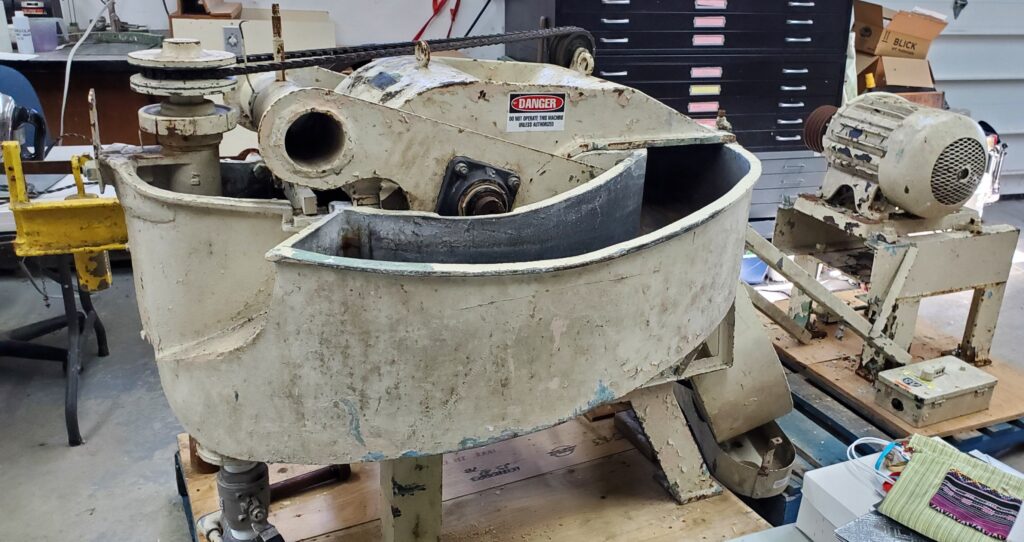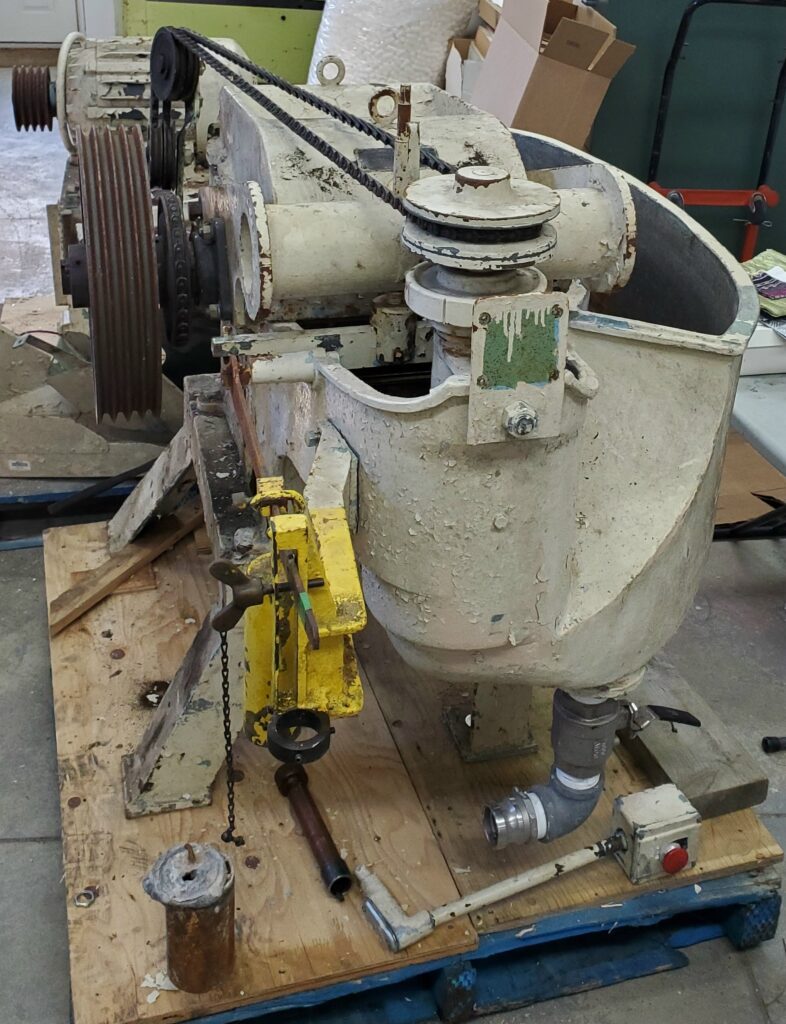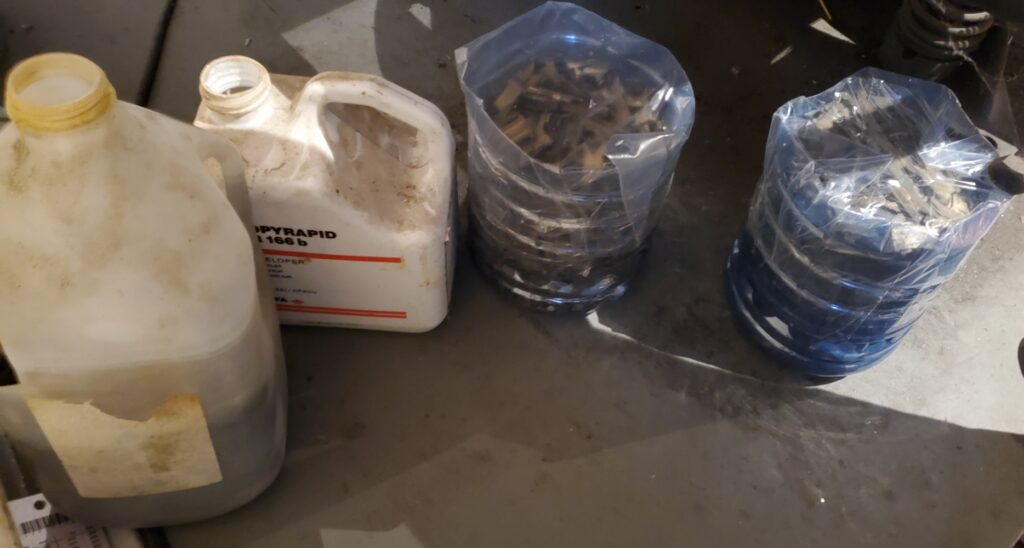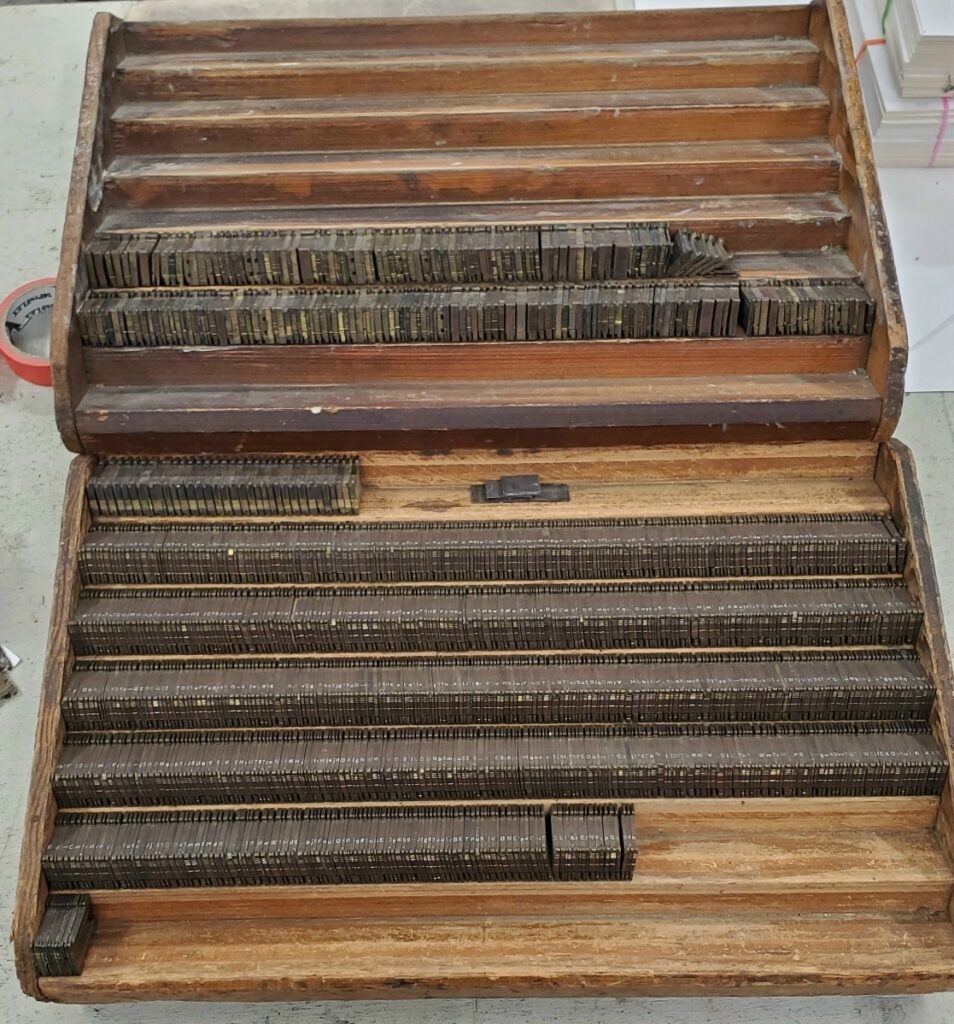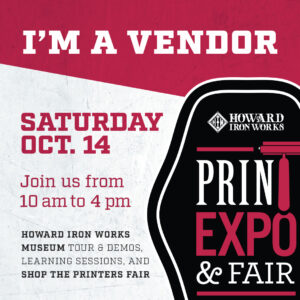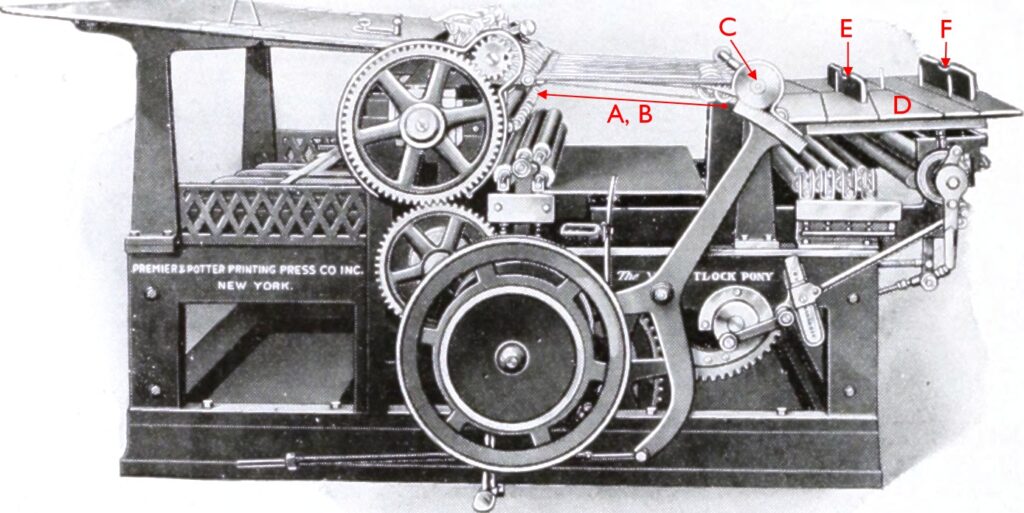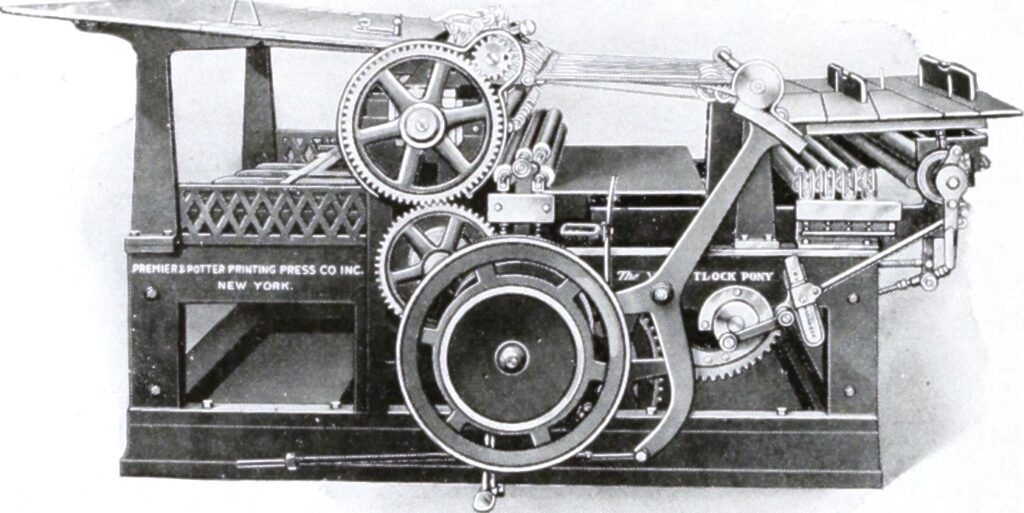After almost 43 years with the same employer, my “day job” is coming to an end. Since I graduated from University of Waterloo in 1981, I’ve been working for and with the same people, first at the Math Faculty Computing Facility at the University, then at a spin-off (due to University politics) group called the Software Development Group, then for the spin-off (politics again) company Thinkage Ltd. based in Kitchener, Ontario.
Over the years we’ve produced many software products, often for other software companies, but our most recent product, the MainBoss maintenance manager, is a Windows application targeted to small companies like privately-owned hotels, small municipalities, colleges, property managers, and small manufacturers. The software is used to manage maintenance and repairs on buildings and equipment owned by the customer.
Although the program worked well, it was not a turnkey installation for a mom-and-pop operation because it used Microsoft SQL Server to contain its database, and setting up MS SQL requires some degree of computer literacy. At the large-scale end of the market we could not compete with enterprise-level products like SAS, but we had a nice market niche for quite a while.
Unfortunately, everyone is moving to cloud-based products now and we did not have the resources to move MainBoss to such a model. Over the past few years our existing customer base has moved to other products, leaving us with little income and no choice but to pull the plug.
Over the next few weeks I’ll be moving the source code for MainBoss to Github so remaining customers can choose to do their own software maintenance if they so choose.
It is a bit of a shame because MainBoss was designed to allow (relatively) easy adaptation to other UI models (for instance, using a web browser instead of a Windows application) but we never had the resources to develop the adapter for another UI.
Some of the code will live on, though, at least for myself, since I am using the MainBoss infrastructure for two of my own applications.
One is the accounting/CRM application we use for the Papertrail, an outgrowth of the old MS Access Forms application we started with.
The other is an application I’m using to track my inventory of Monotype matrices. Though this is still very much a work in progress, so far all it really has is an inventory of the ornament display matrices I have, including specimen images. Development of the information here should go hand-in-hand with the software I’m developing to accompany my Monotype computer interface.
I’m not ready to retire yet, and it would be nice to have a bigger retirement nest-egg, so I’m now looking for employment. I don’t have the personal drive to be self-employed or work as a consultant, so that means another real job. I’m working on a resume and sprucing up my LinkedIn profile in preparation for submitting job applications. I’ve never actually had to apply for a job, as this career was pretty much offered to me unprompted, so this will all be a new adventure for me. I hope I can find someplace to hire an old fart like myself, if only to give the kids someone to say “OK, boomer” to!
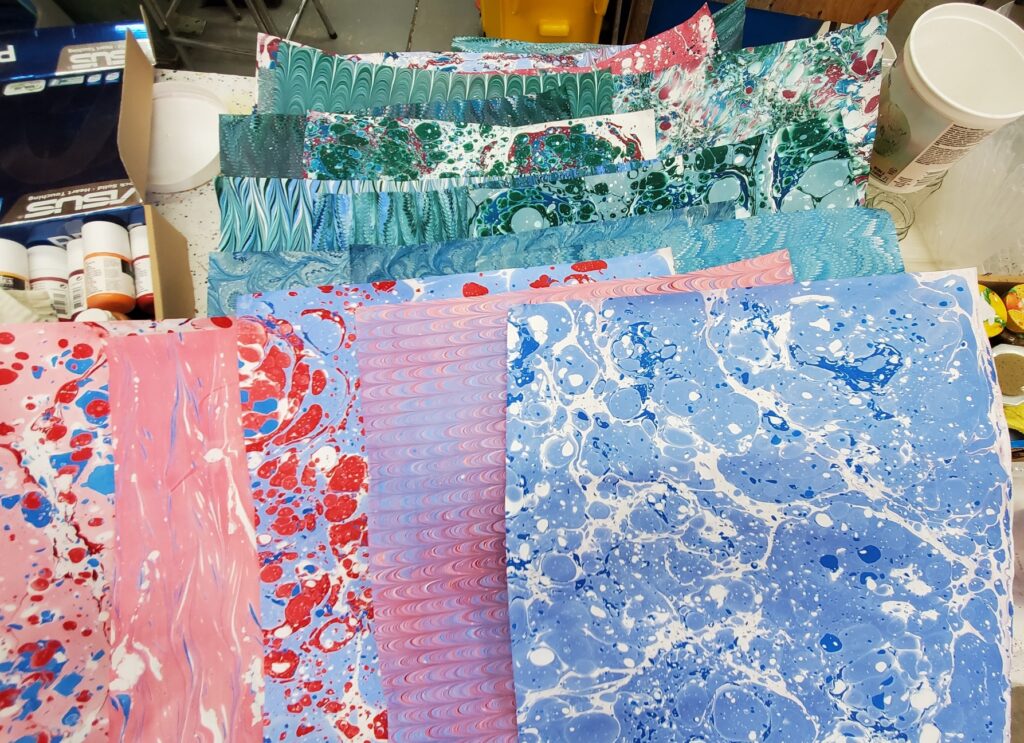 The driving force was actually the necessity to test a new sample of carragheenan. We’re currently out of stock, and as usual, the last source we bought from is no longer available so we have to try a new supplier. Thus the need for me to test out the sample from the new supplier.
The driving force was actually the necessity to test a new sample of carragheenan. We’re currently out of stock, and as usual, the last source we bought from is no longer available so we have to try a new supplier. Thus the need for me to test out the sample from the new supplier.
